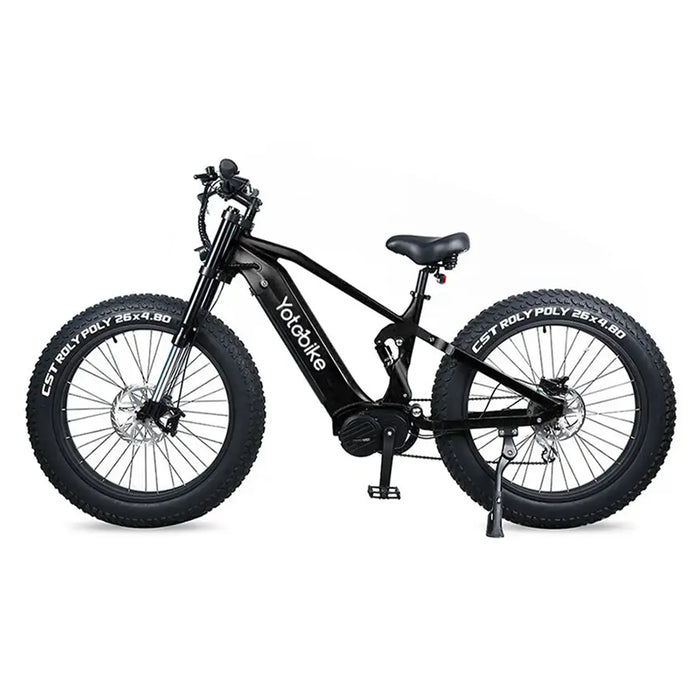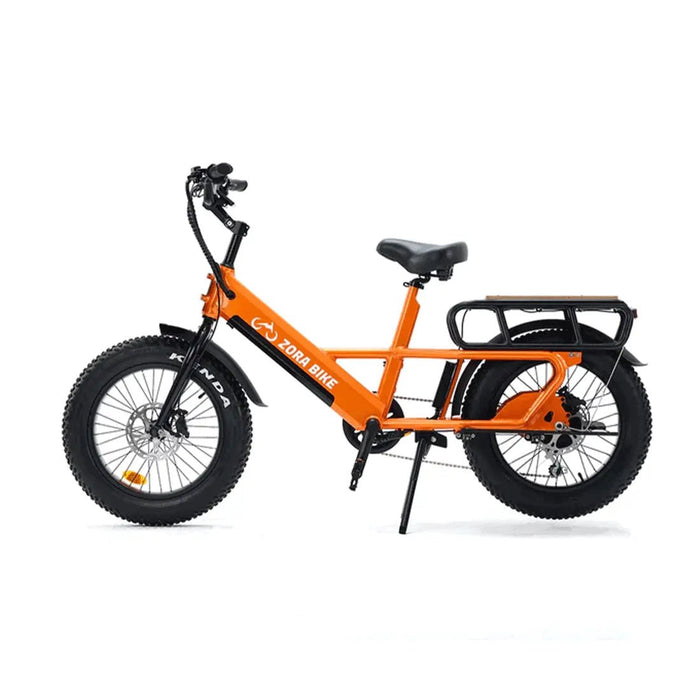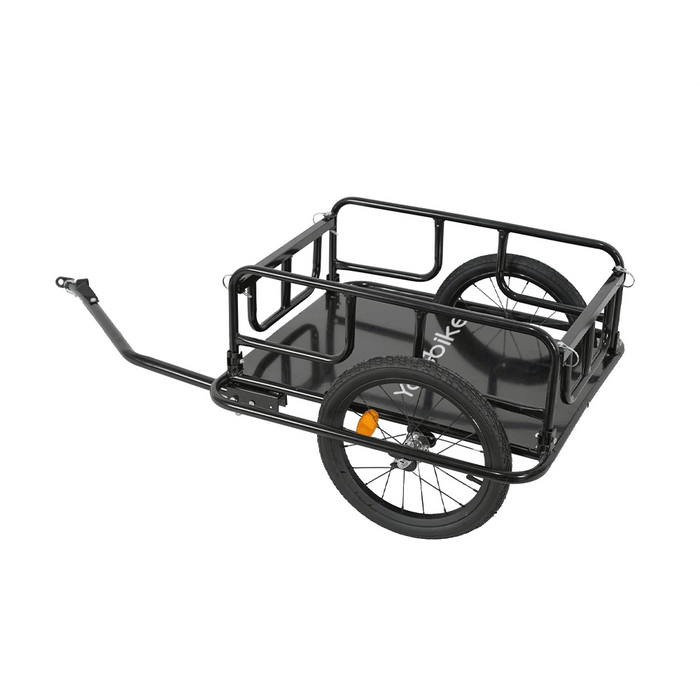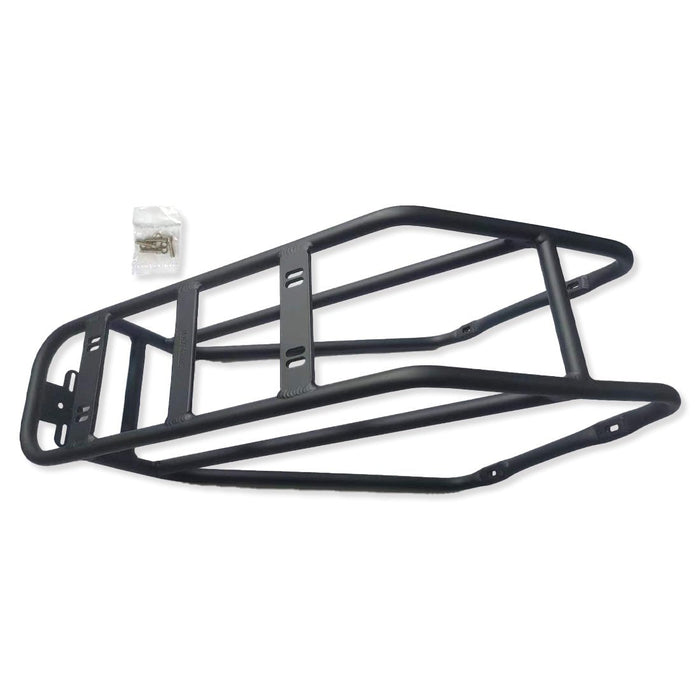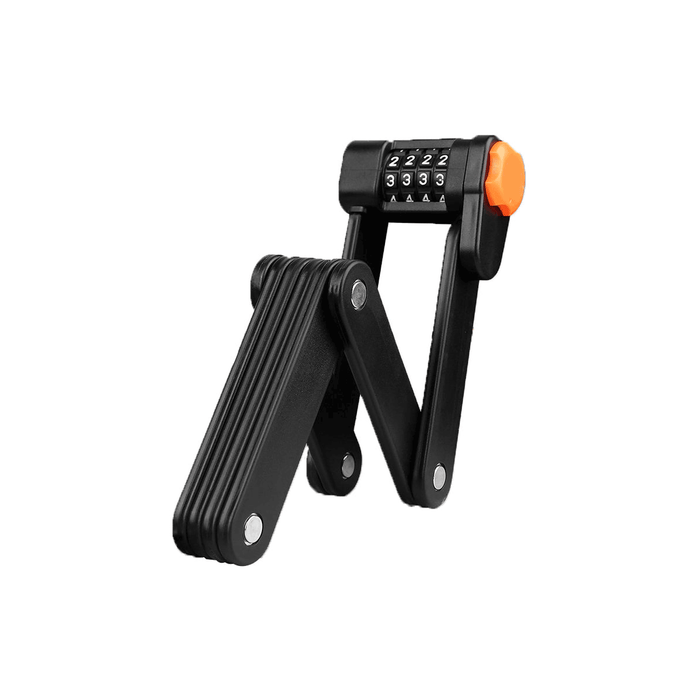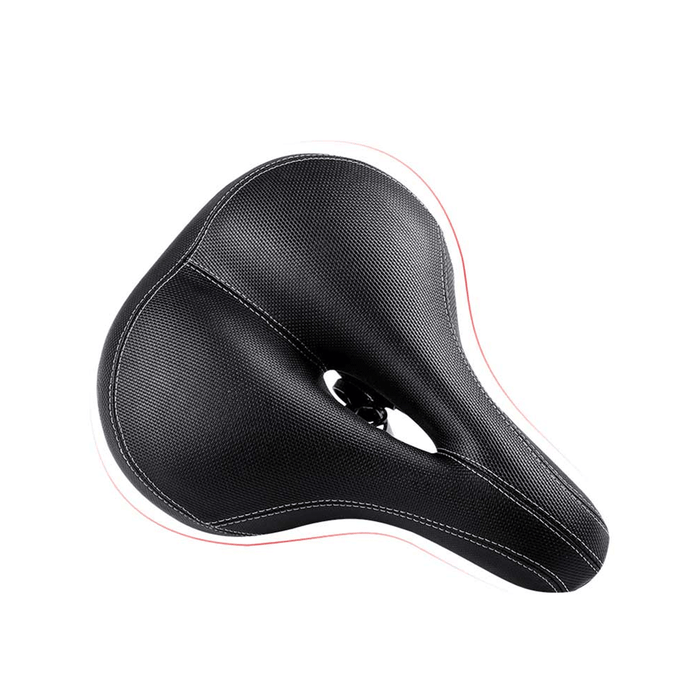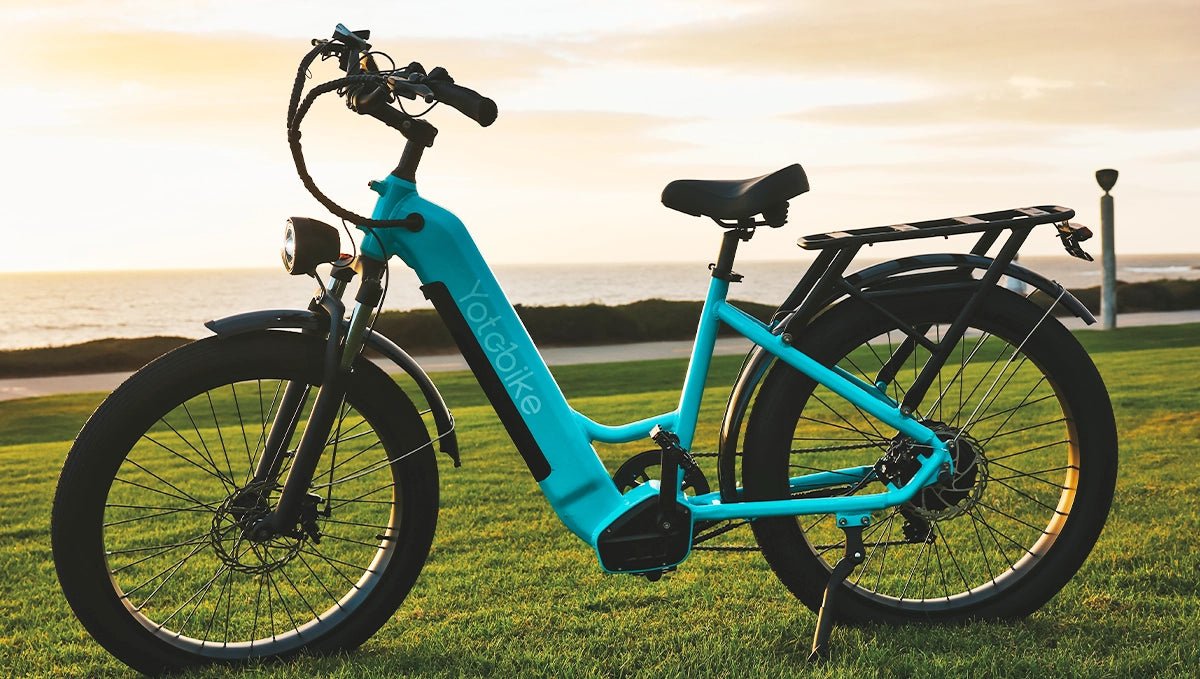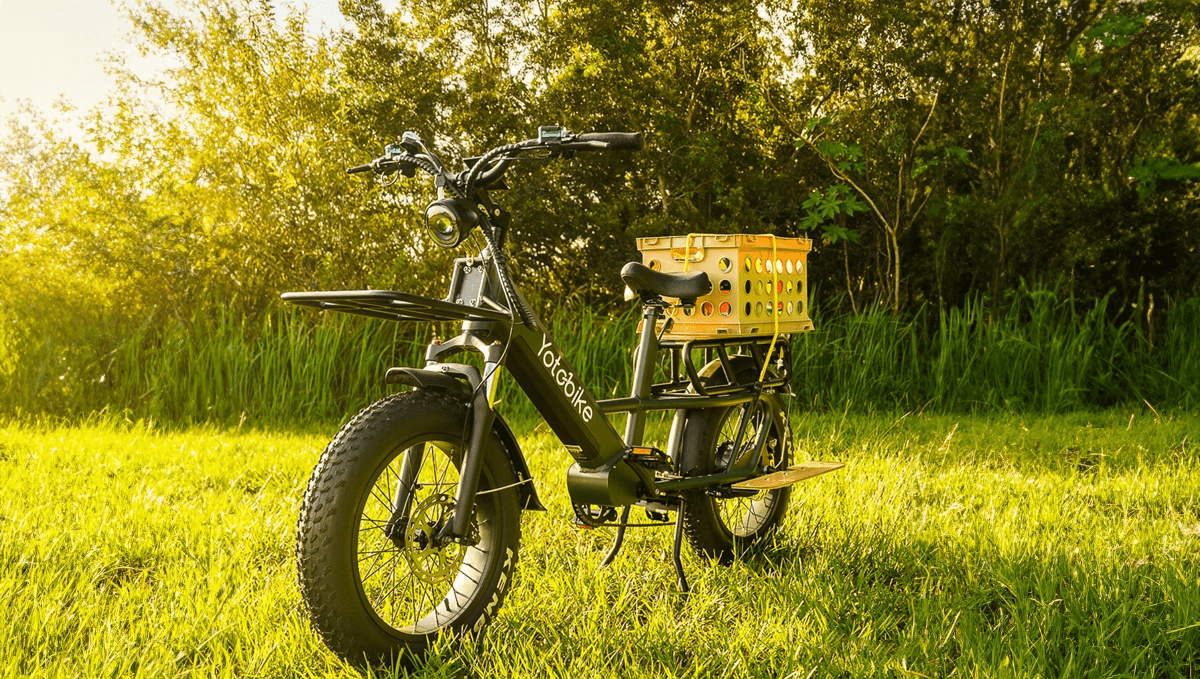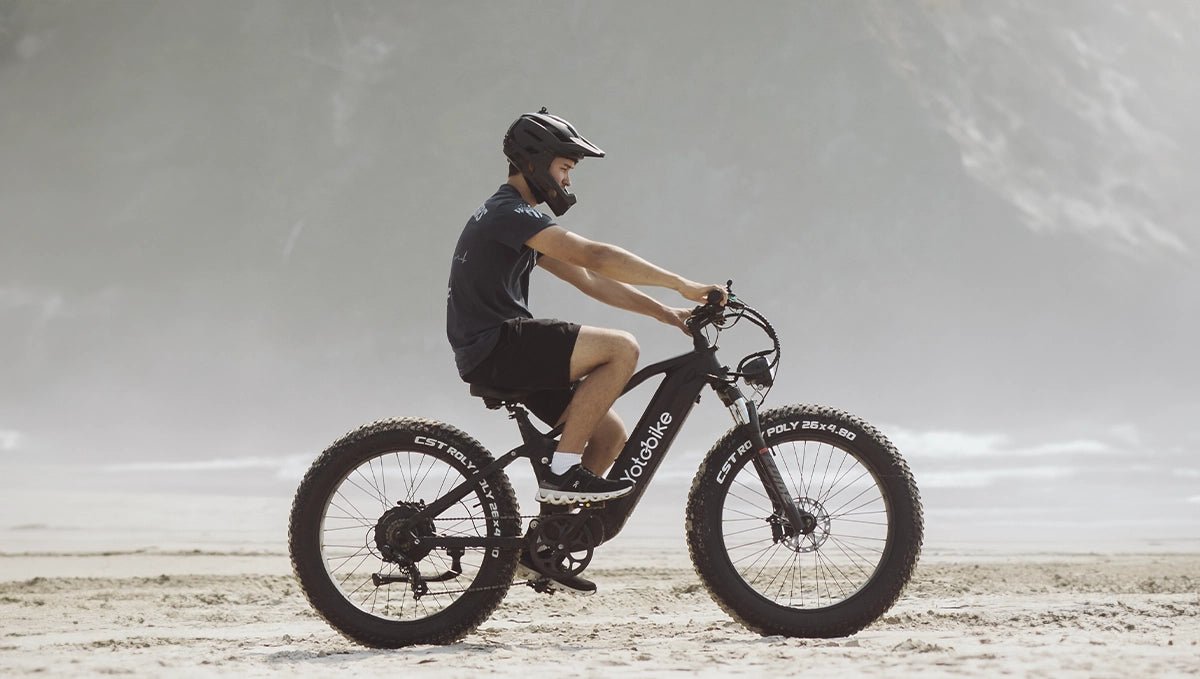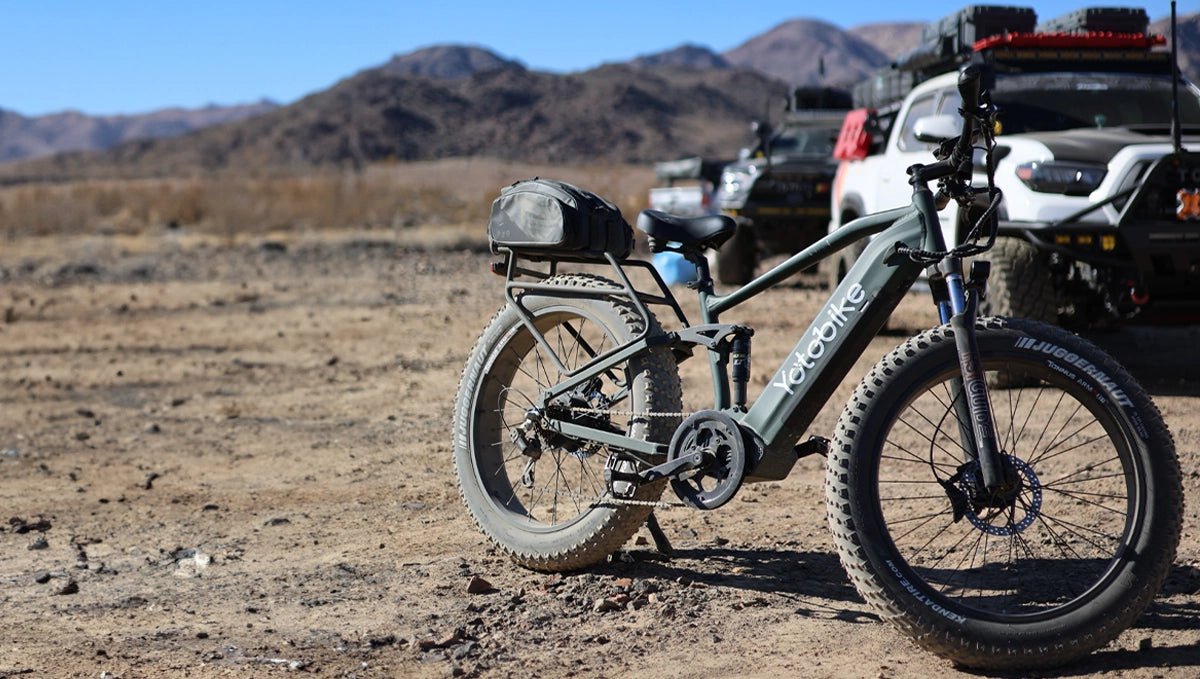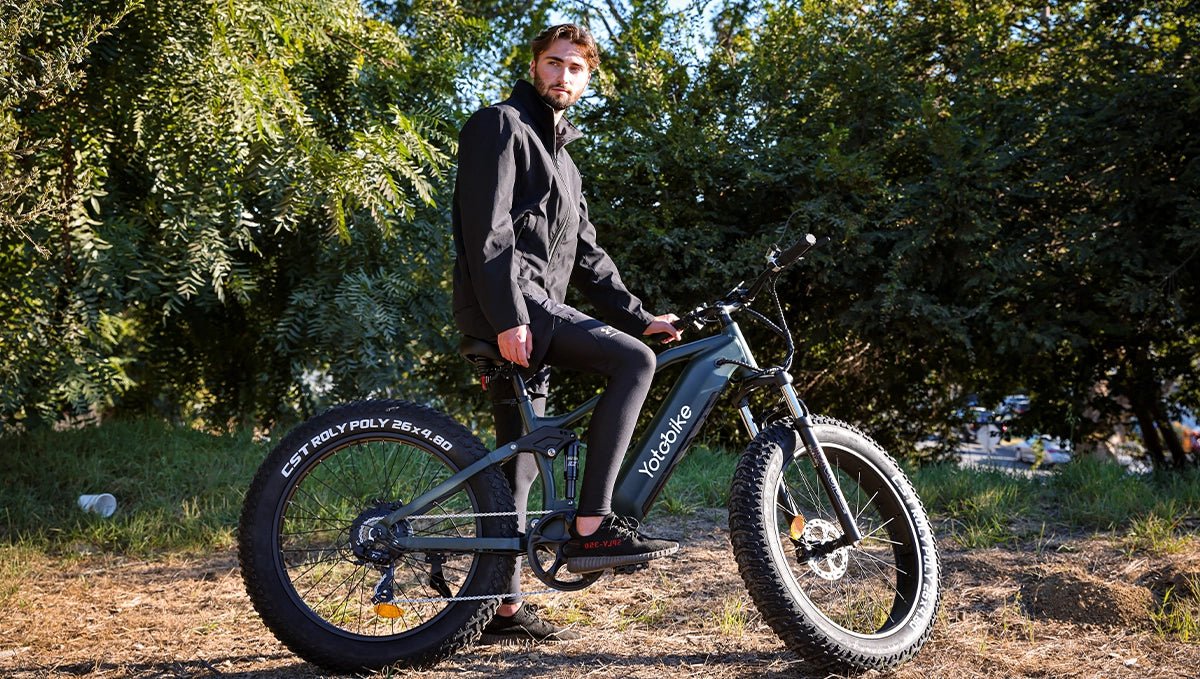
Electric bike, commonly referred to as e-bikes, have surged in popularity over the past few years. They seamlessly blend the simplicity and fitness benefits of traditional bicycles with the power and convenience of motorized vehicles. This blog will delve into what an e-bike consists of, whether it's considered a motorized vehicle, the criteria for judging motor vehicles, the regulations surrounding e-bikes, and frequently asked questions about their usage.
Is an e-bike considered a motorized vehicle?
The classification of e-bikes can vary by region and is subject to local laws and regulations. Generally, e-bikes are classified as bicycles rather than motorized vehicles if they meet specific criteria:
- Speed Limit: The electric motor should assist the rider only up to a certain speed, usually around 20 mph (32 km/h). This ensures the bike maintains a speed that is manageable and safe for both the rider and others on the road.
- Motor Power: The motor's power output should not exceed a specific wattage, typically 750 watts or 1 horsepower. This limitation helps keep the e-bike's performance in line with that of traditional bicycles, ensuring it doesn't surpass a threshold that would require it to be categorized as a motor vehicle.
- Pedal Assist: The motor should provide assistance only when the rider is pedaling. This feature maintains the essence of bicycling, promoting physical activity while providing extra support when needed.
If an e-bike exceeds these limits, it may be classified as a motorized vehicle, subjecting it to different regulations, such as registration and insurance requirements.
What are the criteria for judging motor vehicles?
Motor vehicles are generally judged based on several criteria, which help determine their classification and regulatory requirements:
- Power Source: Whether the vehicle is powered by an internal combustion engine, electric motor, or a combination of both. E-bikes typically use an electric motor in conjunction with human pedaling power.
- Speed Capability: The maximum speed the vehicle can achieve. Vehicles capable of higher speeds generally fall under stricter regulations due to the increased risk they pose.
- Operational Controls: Presence of features like throttle controls or foot pedals. E-bikes often feature pedal-assist systems, where the motor only engages when the rider is actively pedaling.
- Weight and Structure: The vehicle's weight, build, and capacity to carry passengers or cargo. E-bikes are usually lighter and more maneuverable than motor vehicles, designed primarily for personal transportation rather than heavy loads.
These criteria ensure that vehicles are classified in a way that reflects their design, intended use, and potential impact on safety and infrastructure.
Are e-bike and motor vehicle regulations the same?
E-bike regulations often differ significantly from those for motor vehicles. Understanding these differences is crucial for e-bike owners to ensure they comply with local laws:
- Licensing and Registration: Most regions do not require e-bike riders to have a driver's license or register their e-bikes. This makes e-bikes an accessible and convenient option for many people.
- Helmets and Safety Gear: While some regions mandate helmets for all e-bike riders, others may have specific age-related requirements. It's essential to be aware of and adhere to local safety regulations to ensure a safe riding experience.
- Road Access: E-bikes may be allowed on bike lanes, trails, and certain roads where motor vehicles are restricted. This provides e-bike riders with more options for safe and enjoyable routes. However, e-bike riders must follow traffic laws similar to those for traditional bicycles, such as obeying traffic signals and signs.
Conclusion
E-bikes offer an eco-friendly and efficient mode of transportation that bridges the gap between traditional bicycles and motorized vehicles. While they share some characteristics with motor vehicles, their classification and regulation are often distinct. E-bike owners must understand these differences to ensure they comply with local laws and enjoy a safe riding experience. Embracing the benefits of e-bikes can lead to healthier lifestyles, reduced environmental impact, and more accessible transportation options for everyone.
FAQ
Can electric bikes travel on motor vehicle lanes?
In most regions, e-bikes are allowed to travel in bike lanes and on roads designated for bicycles. However, using e-bikes in motor vehicle lanes may be restricted, especially on highways or high-speed roads. Always check local regulations to ensure compliance and safety. Riding in appropriate lanes ensures that both e-bike riders and motor vehicle drivers can share the road safely.
What is the difference between electric bikes and electric vehicles?
Electric bikes are pedal-assisted bicycles with an electric motor that aids the rider, typically with a lower power output and speed limit. They are designed to complement the rider's efforts, making cycling more accessible and enjoyable. Electric vehicles (EVs), on the other hand, encompass a broader range of motorized transportation, including cars, scooters, and motorcycles, with higher power outputs and speed capabilities. EVs often require registration, licensing, and adherence to motor vehicle regulations. Understanding these differences helps consumers make informed decisions about their transportation choices, balancing convenience, cost, and environmental impact.




